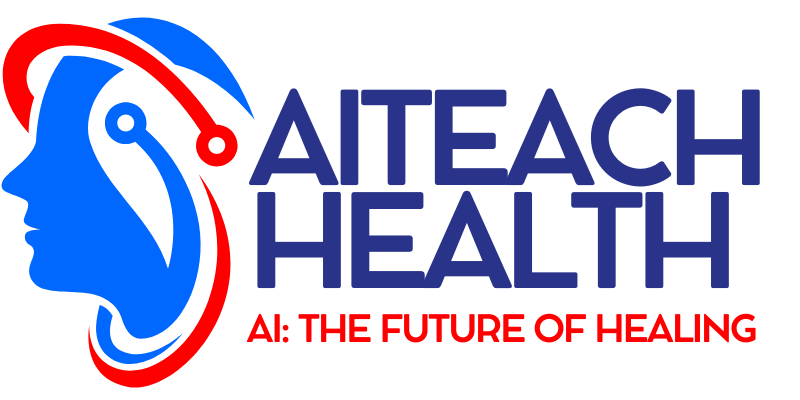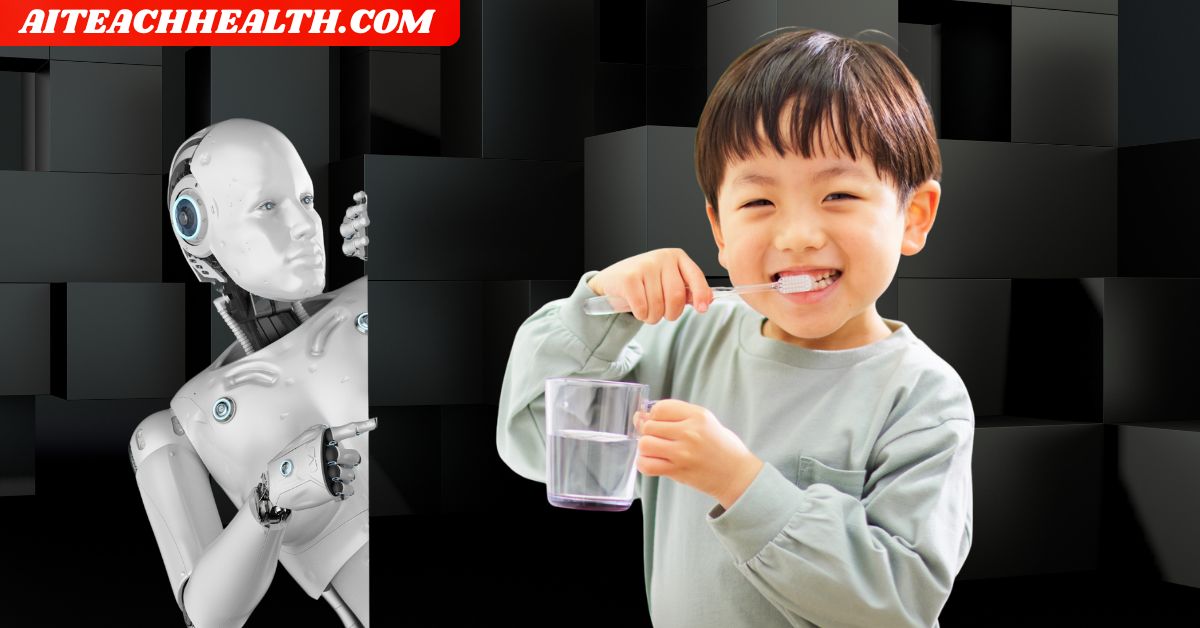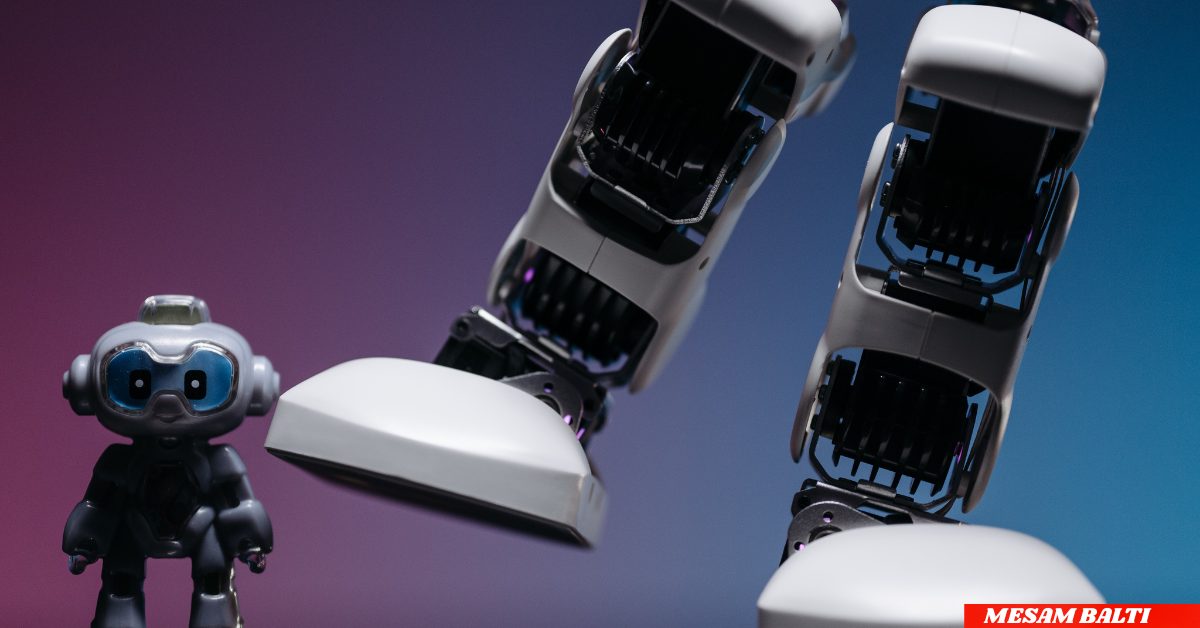Introduction to AI in pediatrics
Imagine a world where a doctor can forecast when a child is going to fall ill even before he has shown any symptoms, allowing for a safer and faster treatment. This is not science fiction — it’s the nascent frontier for AI in pediatric care: safer, smarter, more predictive. AI is transformative across the board for healthcare and the impact on pediatrics is huge. From early diagnosis to personalized treatment, AI is revolutionizing the way we treat our tiniest patients. In this post, we will take you closer to the ways in which AI is making pediatric care more effective, its real-world use cases and how the future seems.
Artificial Intelligence in Pediatrics
AI is transforming pediatric medicine by harnessing data to improve patient care. The difference between the AI and the traditional approaches is that the AI can process large amounts of medical data quickly to make new findings and to make decisions. Using the AI CPCR method: more advanced, more predictive providers will be able to intervene more accurately and more efficiently to reduce risk and improve higher quality of life for children.
Why AI Matters for Kids
- Improving diagnosis accuracy: AI software is unparalleled in its accuracy in interpreting symptoms, medical histories and images.
- Forecasting threats: Machine learning models identify health issues before they happen.
- Personalization of treatment: AI customizes treatments for a child’s unique characteristics, which reduces side effects.
How AI Is Making Pediatric Care Safer
In pediatrics safety remains paramount. AI serves us, not we the patient and it also shields the patient from our human variability.
Reducing Diagnostic Errors
Error of diagnosis in children may prove disastrous. AI-powered diagnostic tools are exceptionally accurate in reading (certain types of) X rays, MRIs and CT scans, for example. One 2023 study, for example, found that AI systems were able to diagnose pediatric pneumonia with 95 percent accuracy, which was better than their human counterparts.
Minimizing Medication Risks
Medicine errors are not always undetectable for kids. AI-based systems, which may also include ehn conditions EHR integrations, red flag dosages that are incorrect and potential adverse allergic reactions. Both systems cross-reference a child’s medical record to prevent unsafe prescribing.
Smarter Decision-Making with AI
AI not only makes pediatric care safer — it also makes it smarter. AI sorts through heavy data sets distinguishing nuances in a way a doctor may not have the time nor the level of expertise in a specific disease to determine.
Early Detection AI
Therapeutic use and prevention are mainstays of pediatrics. Algorithms turned over data on vital signs, laboratory test results, and whether a patient had ever been told he or she had a particular disease, such as diabetes or a cardiovascular condition from birth called a congenital heart defect. For instance, an A.I. model developed at Stanford University could forecast sepsis in infants hours before it was observable, and saved lives.
Streamlining Workflow for Pediatricians
AI could help pediatricians get through mind-numbing work and focus on patients. Software, such as natural language pro- cessing (NLP) apps, documents patient visits andddum- marizes the note, potentially decreasing administrative burden. All of which translates to a greater ratio of time spent on individual care.
AI in Pediatrics: Cases where Prediction is the Key
AI predicting child-rearingFuture of pediatric care: safer, smarter, and WISER is revolutionary. it can take a proactive step by predicting health risks.
Forecasting Chronic Conditions
Some conditions, like asthma or epilepsy, require continuous care. AI models predict flare-ups based on what they deduce from triggers — like the environmental exposure or a patient’s history. For example, one AI platform in Boston reduced asthma-related ER visits by 20% with the help of predictive alerts.
Supporting Rare Disease Diagnosis
Rare diseases in children frequently go undiagnosed because they are complex. AI systems like some genomic sequencing tools identify rare conditions by comparing an individual patient’s data to large global databases. This speeds the time to diagnosis, and gives families answers faster.
Challenges and Ethical Considerations
AI has great potential, but it’s not a panacea. Concerns related to patient privacy, data security, and algorithmic bias must be addressed to ensure equitable care. Pediatricians and software engineers have to cooperate to ensure that we’re developing transparent, ethical AI systems that prioritize the patient, that don’t end up like Regina Dugan’s “Tom Cruise in Minority Report” terrifying us with their magical predictive powers spoiled with too little understanding of human fallibility.
Ensuring Data Privacy
Children’s medical data is sensitive. AI systems must comply with laws like HIPAA to protect patient data. Trust itself has to be preserved with encrypted storage and robust algorithms.
Addressing Bias in AI Models
AI models can perpetuate bias by learning from biased data. For example, a model that is trained mostly on data from a particular demographic might do a poor job interpreting data from other groups. Data diversity and inclusivity is for guaranteeing the equitable outcomes of any job should be critical.
The Future of Kids’ Health and AI
What lies ahead for the way we care? For pediatric care the future looks safer, smarter and more predictive. AI will also find its way in to our lives through wearable and telehealth platforms, WiFi or cellular-enabled devices that will monitor us and care for us away from the health center. For instance, a smartwatch monitoring a child’s heart rate could potentially alert parents in real time to any irregularities.
AI bots are also being developed that can educate parents regarding common pediatric conditions, reducing the chance they will rush their children to hospital unnecessarily. The evolution of preventive care will continue as AI uses well into healthcare with care being more preventive than prescriptive.
FAQs
Dad, how is AI beneficial to children care?
AI’s potential in pediatrics not only includes refined diagnosis and well-informed risk stratification, but also personalized (and, therefore, safer and more effective) therapeutic interventions.
Is AI safe for use in pediatric medicine?
Yes, responsibly designed AI that is adequate in safety is likely to err less often and thereby increase safety in pediatric care by increasing the precision of the diagnosis and risk prediction.
Can AI replace pediatricians?
No, it’s a tool to try to speed up the process of pediatricians automating some of their work behind the scenes and to put data-driven insights in front of them, but the wisdom, the intelligence, the empathy of the human is mission-critical.
What are the risks and challenges of using AI in pediatrics care?
Other risks include worries about data privacy, A.I. model biases and the need for testing to ensure accuracy and safety.
Conclusion
AI in pediatrics: safer, smarter and predictive is revolutionizing how we protect and care for our children. AI can make it easier to avoid diagnostic errors, and it can even predict chronic disease — so clinicians can get things right. Pediatrics and technology will continue to grow intertwined as we adapt to meet this demand — and give kids around the world a healthier childhood. Curious about artificial intelligence in healthcare and the future of medicine? Read our newsletter or let us know in the comments.




